How to prevent accidents in ICP-MS laboratory?
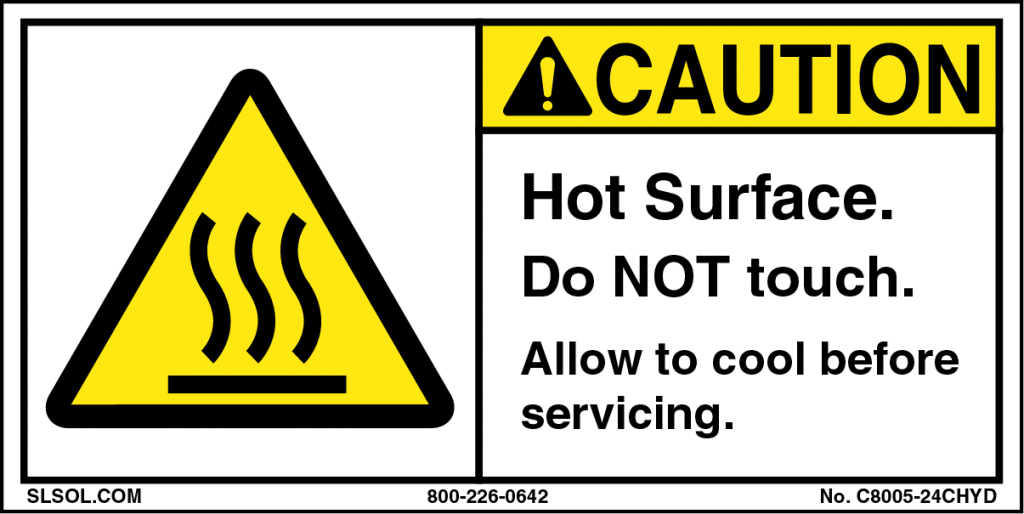
The design of modern ICP-MS systems incorporates several inbuilt safety features which prevent accidents. However, it is a well established fact that accidents are caused mostly due to carelessness and overconfidence and can be easily prevented if safety instructions are not overlooked.
It goes without saying that the instrument should be installed in a clean room which is well ventilated and with entry restrictions imposed. You should be well versed with the safety signs affixed by the instrument manufacturer and observe the stipulated safety guidelines.
The article will provide essential safety recommendations that will help you conduct your analysis without any untoward happening.
Electrical Hazards
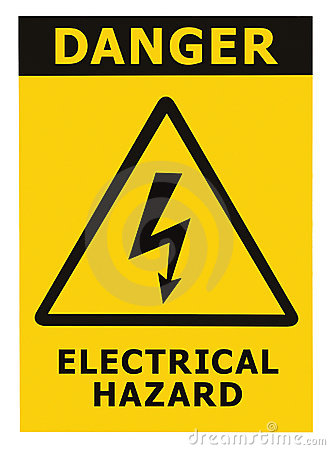
The power supply of ICP-MS can generate extremely high voltages. Only authorized engineers should be permitted to carry out maintenance services. Do not disable safety devices and interlocks.
Opening instrument covers when instrument is powered can expose live components. Remember capacitors inside the instrument may remain charged even after disconnection. The instrument can remain potentially dangerous due to presence of residual high voltages.
Radio Frequency
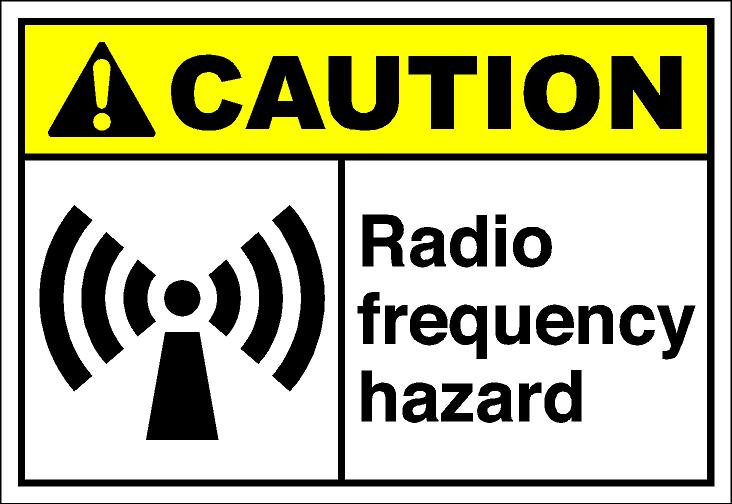
The ICP-MS generates high amounts of radio frequency energy in the RF power supply and torch box. Do not disable safety interlocks which otherwise prevent you from operating the system if any shields or covers are open.
Hot Surfaces and gases
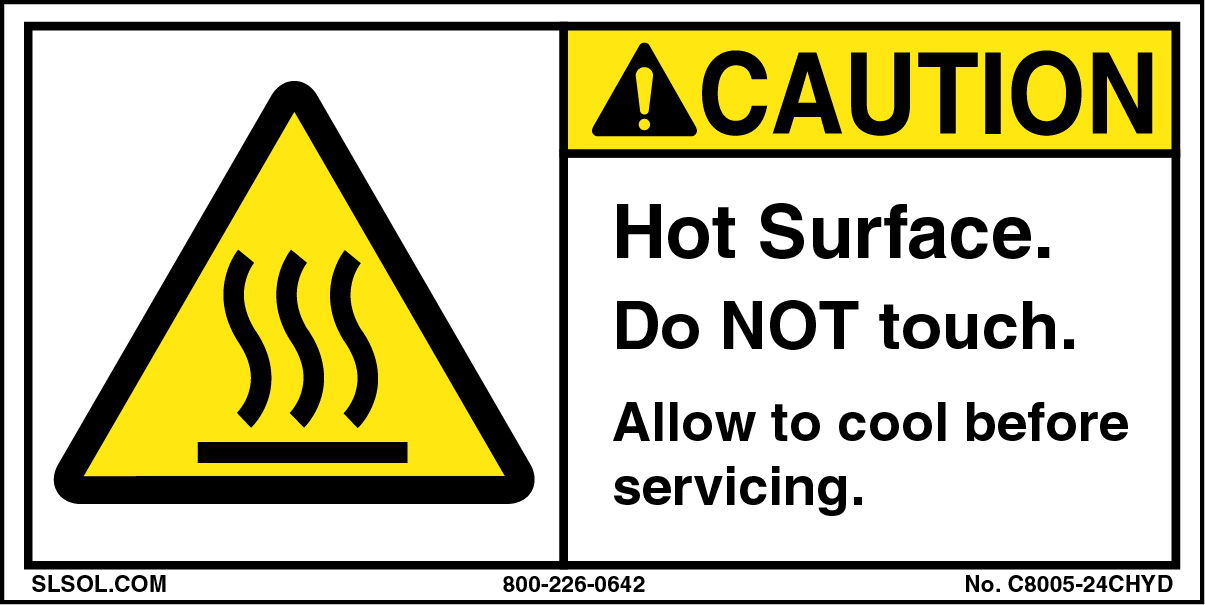
The torch components and interface remain hot for some time even after plasma has been shut off. Avoid touching any component marked with hot surface symbol and allow some time to cool down.
During operation ensure that hot and corrosive gases are being efficiently vented from the exhaust ducts in the rear of the instrument.
UV radiation
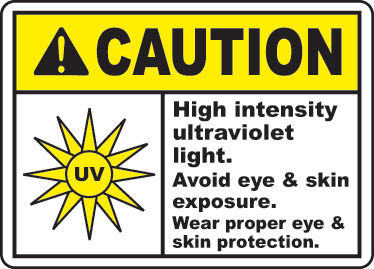
The ICP-MS generates high intensity UV radiation. A safety interlock automatically shuts off the plasma source if the sample compartment is opened during operation.The sample compartment is provided with a viewing window for safe viewing of the plasma. Use of protective UV eye wear is recommended as direct viewing can lead to permanent impairment of eyesight.
Drain System
The drain system comprises of a receptacle made of high density polyethylene (HDPE) which collects the effluent from the sample introduction system. Never place the receptacle inside a closed cabinet as explosion or fire can result from accumulation of explosive gas mixtures in the closed space. Empty the drain regularly and monitor drain tubing for deterioration due to brittleness or cracking.
Gases
The ICP-MS uses Argon gas for its operation. Due to pressurization serious accidents can result from mishandling.The major hazard associated with the gas is suffocation as it can displace oxygen in a closed environment.
Ammonia is used in collision cell applications. Contact with skin, eyes or inhalation can be harmful. On exposure the best remedy is to flush the exposed area with plenty of water for at least 15 minutes.
Chemical Hazards
ICP- MS involves use of highly corrosive acids for digestion of samples. Closed system digestions should be adopted whenever possible. As far as possible avoid solvents that are hazardous to health such as benzene and methyl isobutyl ketone(MIBK). Ensure that all components coming in contact with such solvents are compatible and do not suffer from damage due to deterioration.

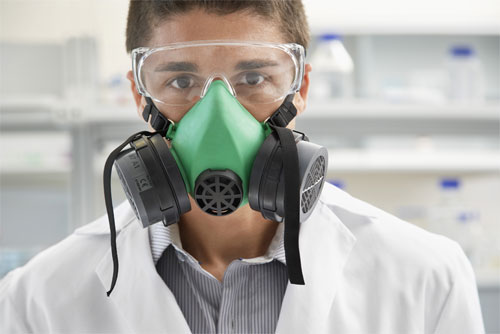

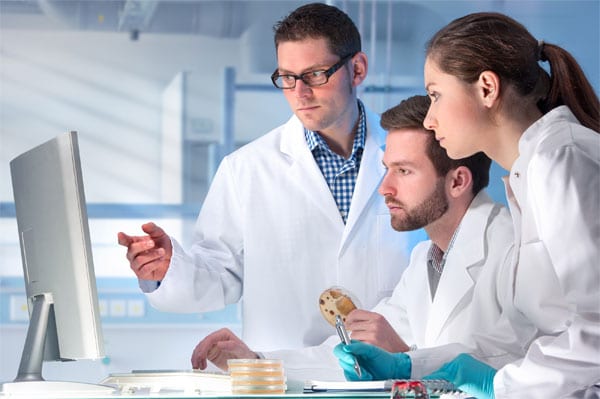

Dear Dr Bhanot,
This is a great all around safety guide for ICP-MS. Thanks very much.